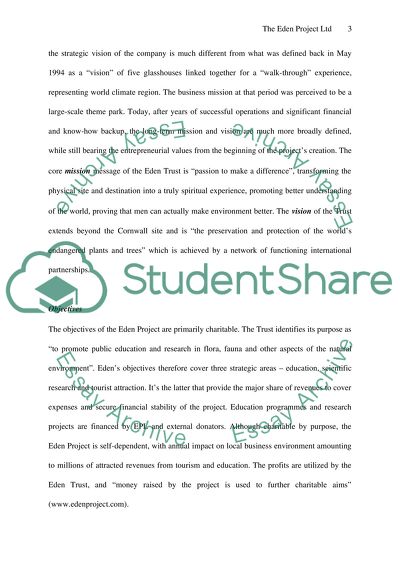Cite this document
(“Strategic Management The Eden Project Ltd Essay”, n.d.)
Strategic Management The Eden Project Ltd Essay. Retrieved from https://studentshare.org/literature/1520963-strategic-management-the-eden-project-ltd
Strategic Management The Eden Project Ltd Essay. Retrieved from https://studentshare.org/literature/1520963-strategic-management-the-eden-project-ltd
(Strategic Management The Eden Project Ltd Essay)
Strategic Management The Eden Project Ltd Essay. https://studentshare.org/literature/1520963-strategic-management-the-eden-project-ltd.
Strategic Management The Eden Project Ltd Essay. https://studentshare.org/literature/1520963-strategic-management-the-eden-project-ltd.
“Strategic Management The Eden Project Ltd Essay”, n.d. https://studentshare.org/literature/1520963-strategic-management-the-eden-project-ltd.


